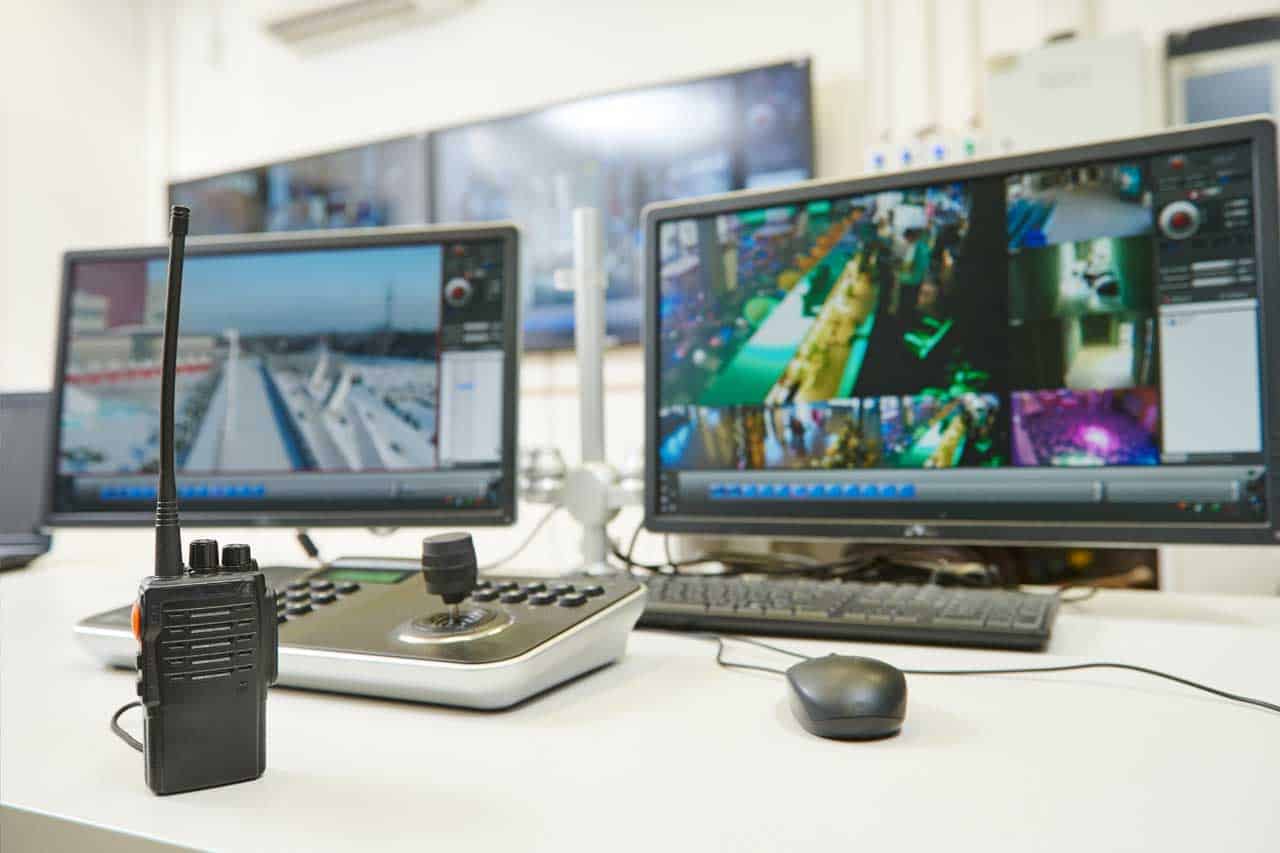
Lone Worker Monitoring Systems Explained
In today’s fast-paced and ever-changing work environment, many individuals find themselves working alone in various industries and job roles. These lone workers face unique challenges, including the lack of immediate assistance in case of emergencies. To address these concerns and ensure the safety and well-being of lone workers, organizations are increasingly turning to lone-worker monitoring systems. In this article, we will explore what lone worker monitoring systems are, how they work, and why they are essential for workplace safety.
As the nature of work evolves, more individuals find themselves working in isolation, away from direct supervision or colleagues. These lone workers can be found in various industries, such as construction, healthcare, transportation, and real estate. Their safety and security become a priority for employers who must take appropriate measures to mitigate potential risks.
Understanding Lone Worker Monitoring Systems
Lone worker monitoring systems are technological solutions designed to enhance the safety of employees who work alone. These systems utilize a combination of hardware and software components to track, communicate, and respond to lone workers’ well-being in real time. The primary goal is to ensure that if a lone worker encounters an emergency or distress situation, immediate assistance can be provided.
Components of Lone Worker Monitoring Systems
A typical lone-worker monitoring system consists of the following components:
Personal Safety Devices:
Lone workers are equipped with personal safety devices, such as wearable panic buttons or badges, GPS-enabled smartphones, or smartwatches. These devices allow lone workers to send distress signals or calls for help instantly.
Central Monitoring Station:
The distress signals from lone workers are transmitted to a central monitoring station or a cloud-based system. Trained personnel are stationed at the monitoring centre to receive and respond to these alerts promptly.
Communication Channels:
Lone worker monitoring systems provide various communication channels, including voice calls, text messages, or dedicated mobile applications, to establish contact with lone workers in real time.
Location Tracking:
GPS technology is often integrated into lone worker monitoring systems to track the exact location of the worker. This feature enables quick response and ensures that help reaches the worker’s precise location.
Automatic Alerts and Notifications:
In some cases, lone worker monitoring systems can be equipped with automatic alert functionalities. These alerts can be triggered if a worker enters a high-risk area, fails to check in at designated intervals, or activates the distress signal.
How Lone Worker Monitoring Systems Work
The operation of a lone worker monitoring system can be summarized in the following steps:
- Wearable Device Activation: The lone worker activates their safety device at the start of their shift or when entering an isolated work environment.
- Regular Check-ins: The worker periodically checks in with the system at predetermined intervals to confirm their well-being. This ensures that the worker is safe and allows the system to track their movements.
- Distress Signal Activation: If a lone worker encounters an emergency, feels threatened, or requires immediate assistance, they can activate the distress signal on their wearable device.
- Alert Transmission: The distress signal is transmitted to the central monitoring station or the cloud-based system, where trained personnel receive the alert.
- Immediate Response: Upon receiving the distress signal, the monitoring personnel will initiate a response procedure. This may include attempting to establish communication with the lone worker, contacting emergency services, or notifying designated contacts within the organization.
- Location Tracking: If the lone worker is equipped with GPS-enabled devices, their exact location is tracked and shared with the response team. This ensures that help reaches the worker’s location promptly.
- Resolution: Once the situation is resolved, and the worker’s safety is confirmed, the response process is concluded, and the monitoring system is reset for future use.
Benefits of Lone Worker Monitoring Systems
Implementing lone-worker monitoring systems offers several benefits, including:
- Enhanced Safety: Lone worker monitoring systems provide an added layer of security, ensuring that help is readily available in case of emergencies or hazardous situations.
- Quick Response: The real-time nature of these systems allows for swift responses to distress signals, reducing the potential impact of incidents.
- Peace of Mind: Both employers and lone workers gain peace of mind knowing that safety measures are in place to address potential risks.
- Regulatory Compliance: Some industries and regions have specific regulations concerning lone worker safety. Implementing a monitoring system helps organizations meet these compliance requirements.
Factors to Consider When Choosing a Lone Worker Monitoring System
When selecting a lone worker monitoring system, consider the following factors:
- Compatibility: Ensure that the system is compatible with the lone worker’s devices, such as smartphones, wearables, or radios.
- Coverage and Connectivity: Check the system’s coverage and connectivity to ensure it works effectively in all work environments, including remote or underground locations.
- Ease of Use: The system should be user-friendly and straightforward for lone workers to operate, even in high-stress situations.
- Scalability: Consider whether the system can accommodate the organization’s future needs, such as adding more lone workers or expanding to multiple locations.
- Integration with Existing Systems: If the organization already uses other safety or communication systems, ensure that the lone worker monitoring system can integrate seamlessly with them.
Ensuring Privacy and Data Protection
As with any monitoring system, protecting the privacy and data of lone workers is crucial. Employers must establish clear policies and guidelines for data usage, ensuring that the information collected is used solely for safety purposes and not for any form of surveillance.
Implementing Lone Worker Training and Policies
To maximize the effectiveness of a lone worker monitoring system, adequate training should be provided to all lone workers. They should be familiar with how to use the safety devices, understand the check-in procedures, and know how to activate distress signals correctly. Additionally, organizations should develop comprehensive lone-worker policies and procedures to guide employees on safety protocols and reporting incidents.
Compliance with Regulations
Depending on the industry and location, there may be specific regulations governing lone worker safety. Organizations must ensure that their chosen monitoring system meets these regulatory requirements.
Conclusion
Lone worker monitoring systems are invaluable tools in ensuring the safety and well-being of employees working alone in various industries. By leveraging technology and real-time communication, these systems provide swift responses to emergencies, peace of mind to both employers and lone workers, and compliance with relevant safety regulations. When choosing a lone worker monitoring system, organizations must consider factors such as compatibility, coverage, ease of use, scalability, and privacy protection to maximize its benefits.
FAQs
- Are lone worker monitoring systems suitable for all industries?
Yes, lone-worker monitoring systems can be adapted for use in various industries, including construction, healthcare, transportation, real estate, and more.
- Can lone worker monitoring systems work in remote or underground locations?
Yes, many lone worker monitoring systems use a combination of technologies, including GPS and satellite communication, to ensure connectivity and coverage even in remote or underground areas.
- How often should lone workers check in with the monitoring system?
The frequency of check-ins may vary based on the organization’s policies and the specific risks associated with the lone worker’s role. Typically, check-ins may be required at regular intervals, such as hourly or at the start and end of specific tasks.
- Do lone worker monitoring systems offer real-time communication with responders?
Yes, most lone worker monitoring systems provide real-time communication channels, allowing lone workers to communicate with monitoring personnel or responders in case of emergencies.
- Are lone worker monitoring systems compliant with data protection laws?
Reputable lone worker monitoring system providers ensure compliance with data protection and privacy laws. Organizations should choose systems that prioritize data security and adhere to relevant regulations.


